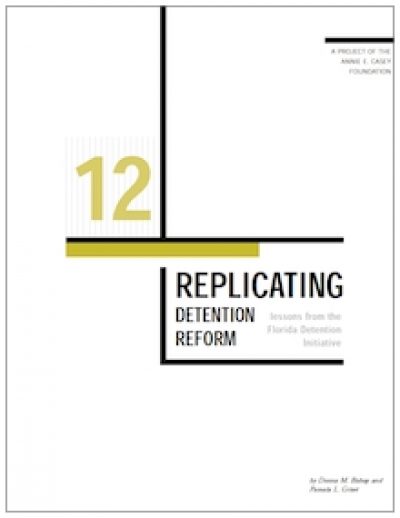Fickle Politics
The 1994 Juvenile Justice Reform Act had one clear mission: Protect public safety. It authorized the creation of new detention beds while expanding who was eligible for confinement and how long they could be detained. Just four years earlier, however, lawmakers had greenlit a drastically different plan. They had voted to shrink detention center populations, narrow eligibility criteria and invest in alternatives to confinement as part of a concerted effort to put the safety and wellbeing of children first.



